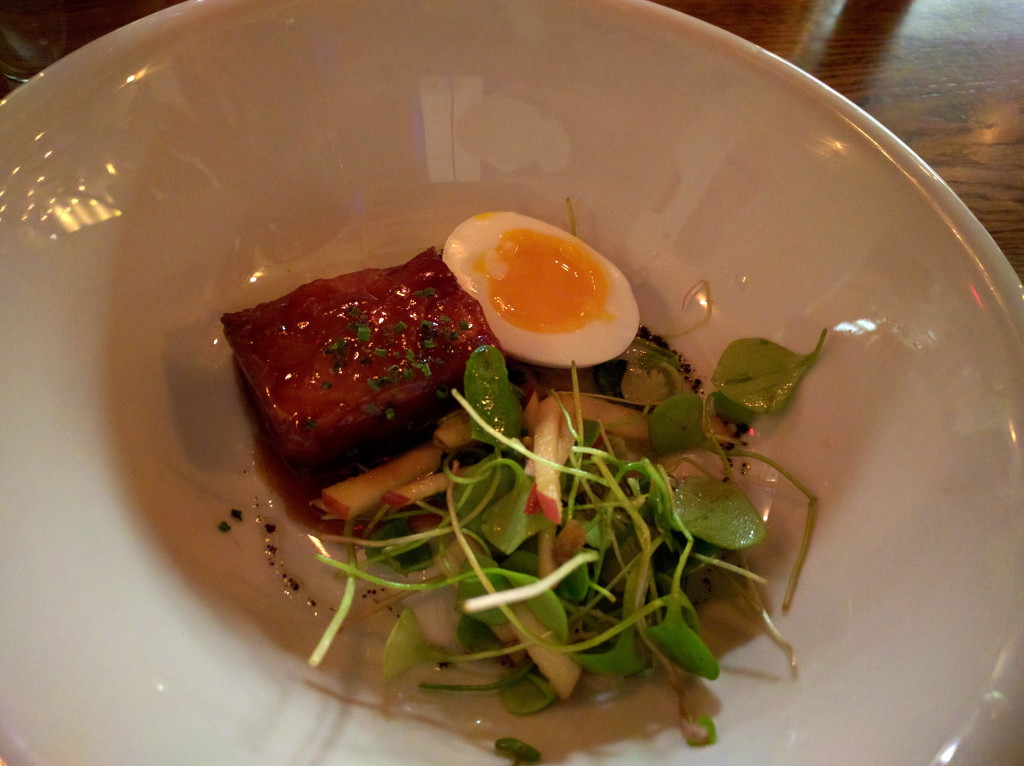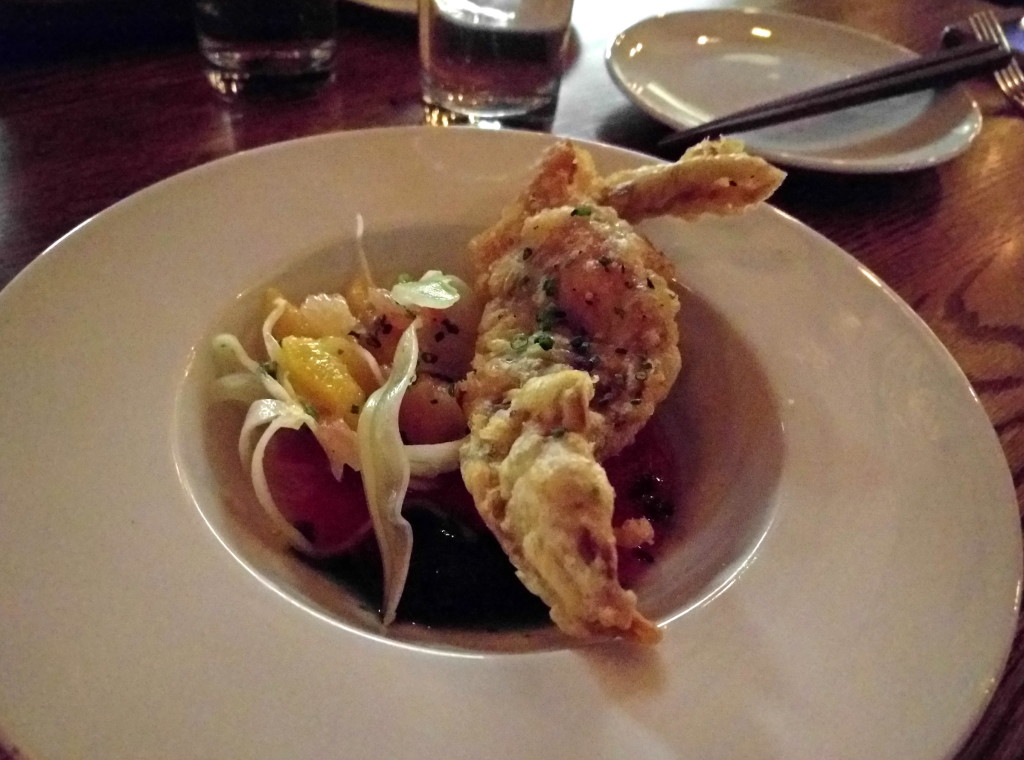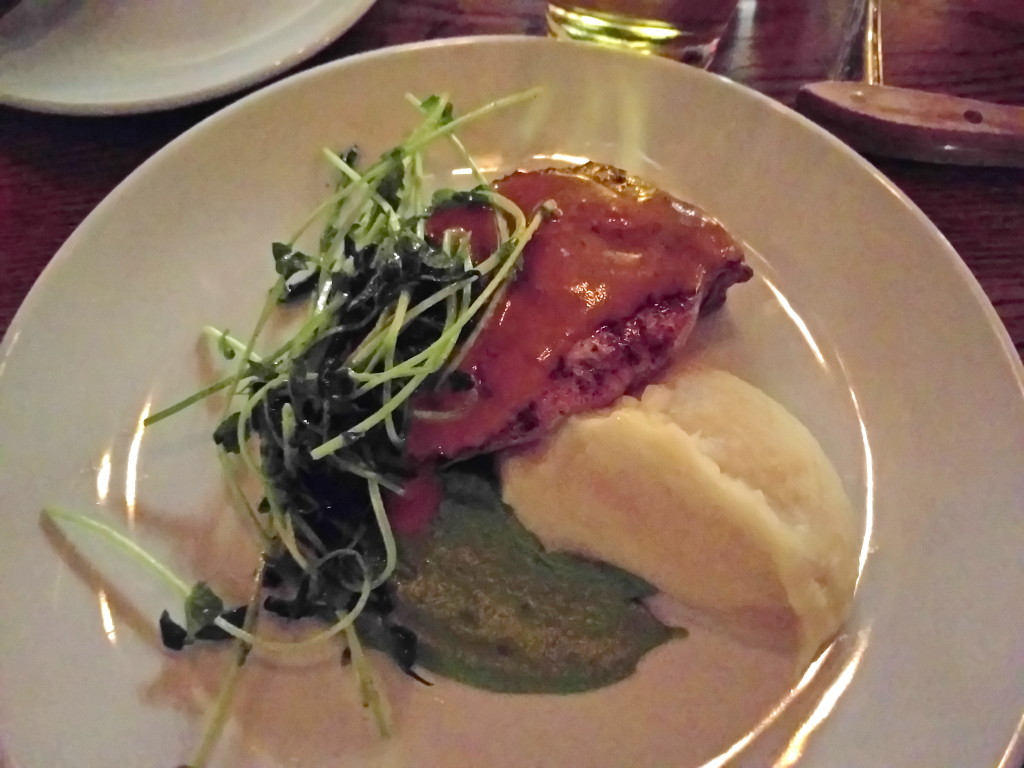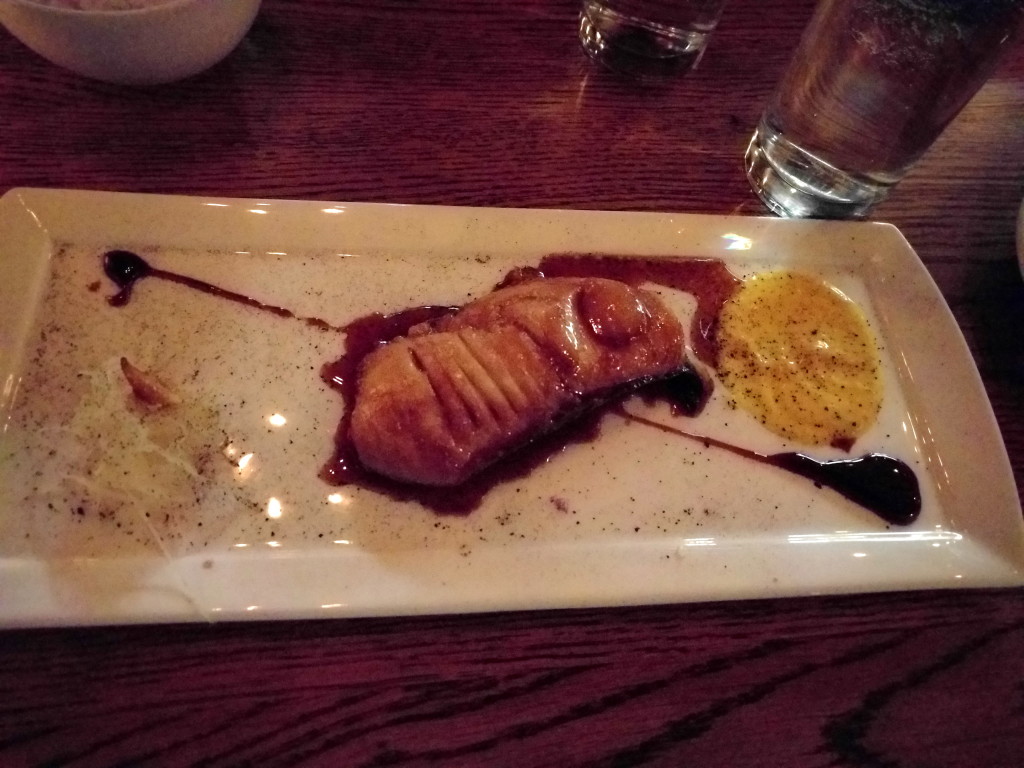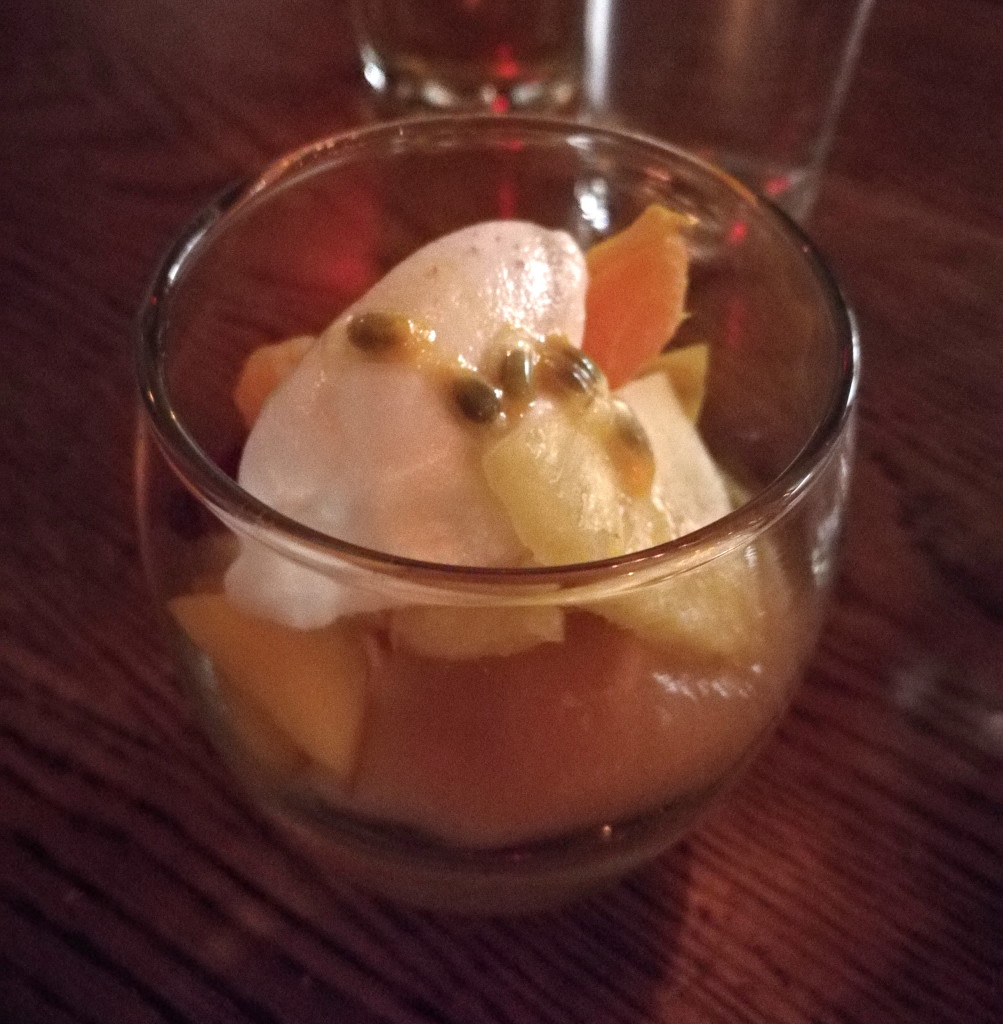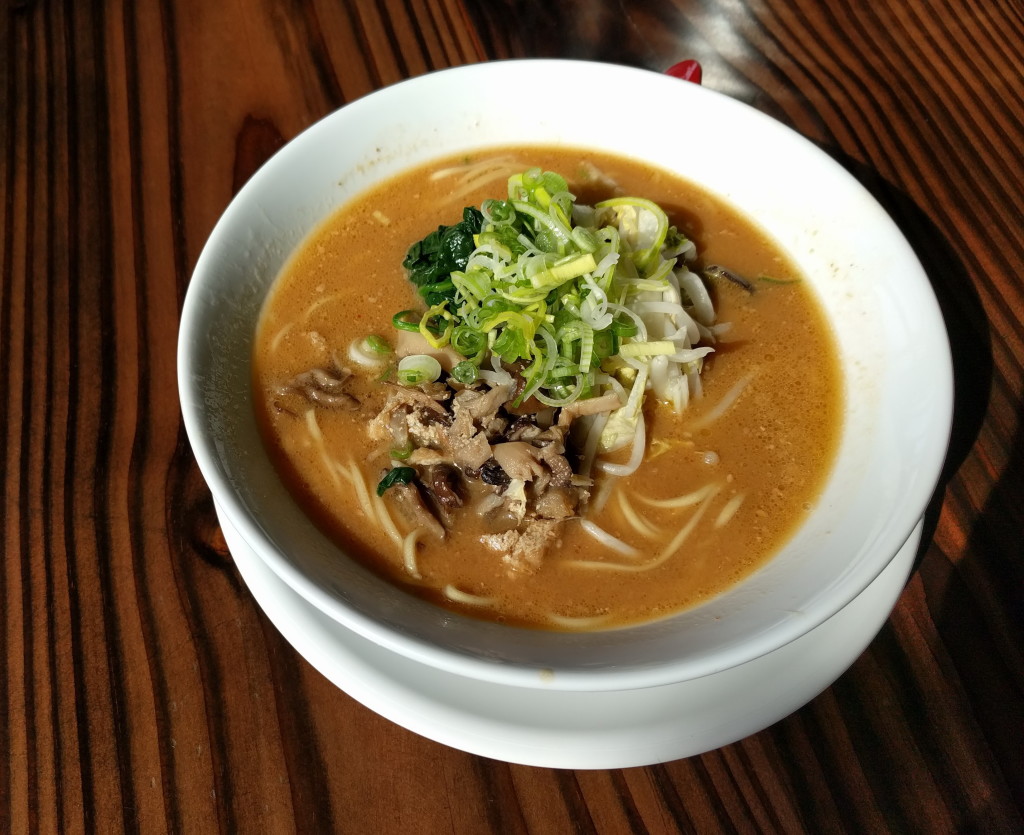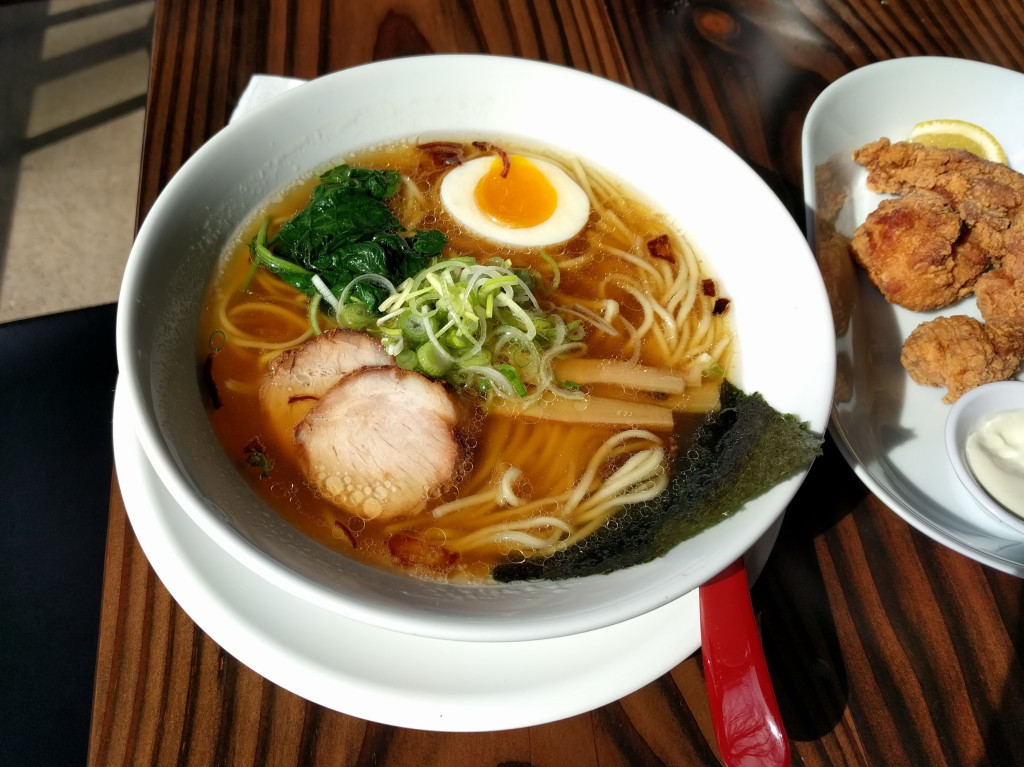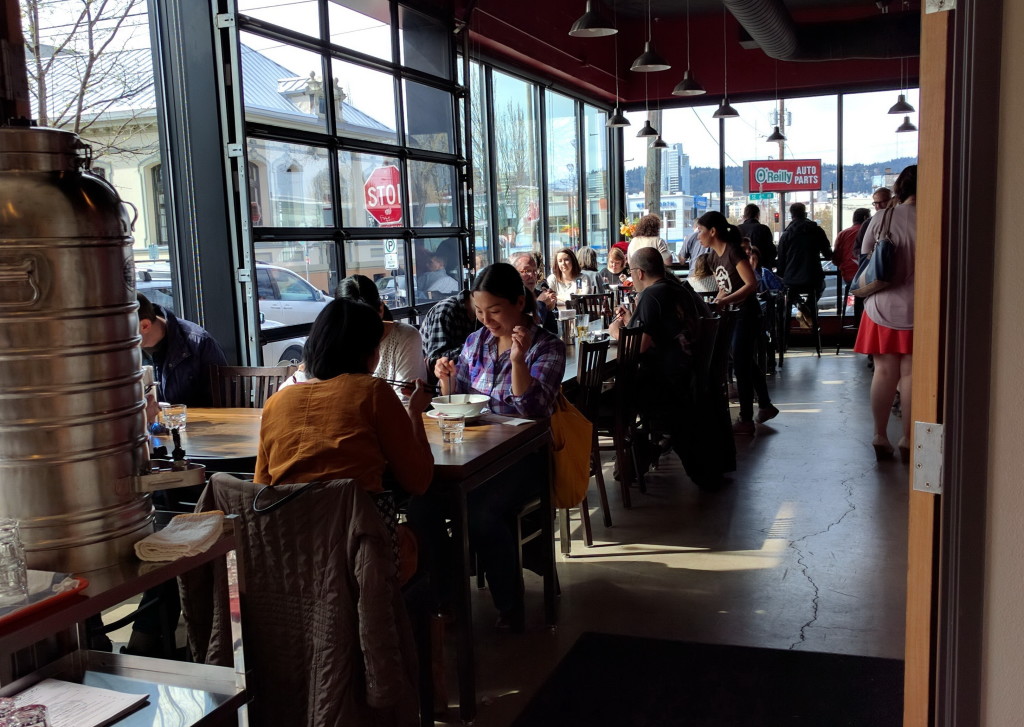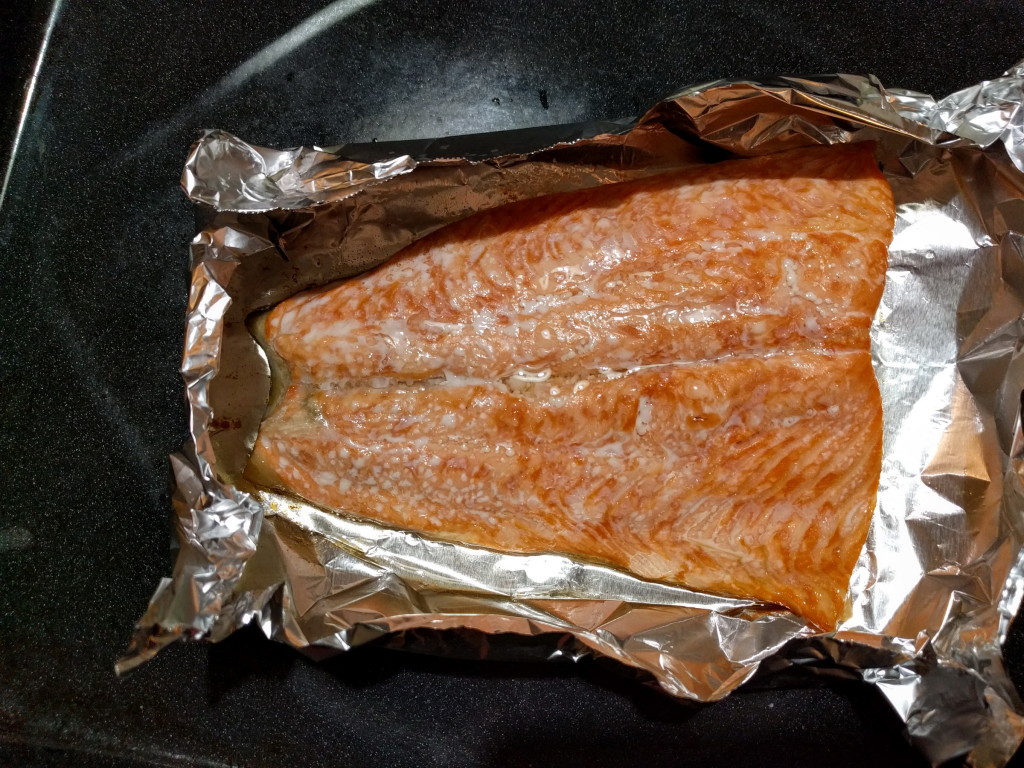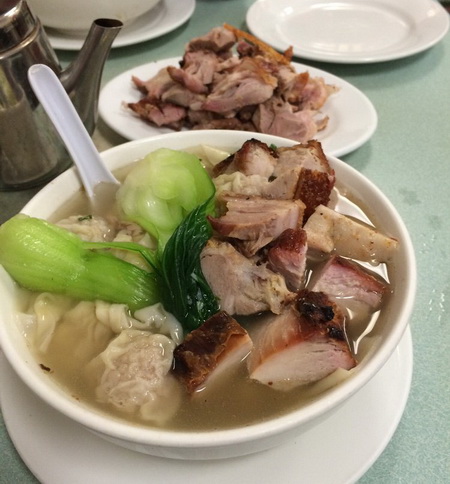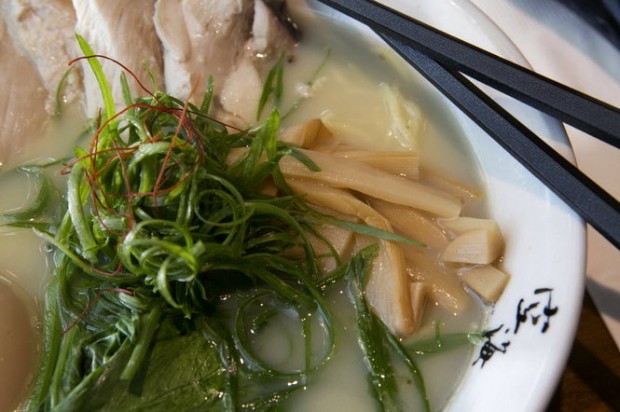Amy Chin gave an informative two hour talk at the OHS Genealogy Seminar on March 26. Her family was featured in the NYC Exhibition. She is an engaging speaker, and drew material from the comprehensive classroom study material: [large PDF file] (which includes the graphic novel of her family’s immigration experience).
She screened this video of about her family history: [click here]
Some notes:
One reason for the Revolutionary War (1775–1783) was to allow direct trade with China. As a colony, Americans were not allow to trade directly, but were required to purchase product (porcelain, silk, and tea) from English traders. The Boston Tea Party was about Chinese tea.
California was barren until Chinese workers transformed major areas of the state into agricultural land. Bing cherry was created by a Chinese, Ah Bing, in Oregon. Lue Gim Gong is credited with creating frost resistant oranges in Florida, and allowing hearty, juicy oranges to be transported around the country.
During the Exclusion Period, two Chinese lawsuits reached the Supreme Court and established milestone legal precedents: the Yick Wo case in 1886 established “Equal Protection Under Law”, and the Wong Kim Ark case established “Birthright Citizenship” (which is in the news today).
Amy also talked about her own genealogy search that started with searching information about her father and grandfather, and ended up with a 700+ page, 23 generation book from her grandfather’s village. The last lines in the book had her grandfather’s and father’s name. Since then, she has helped them add an American branch to the book; and include names of female descendants to what had been traditionally a patriarchal and patrilineal book. She advises the audience (mostly Chinese Americans) to make use of the “Overseas Chinese Affairs Office” in Taishan if traveling there.
She also mentioned that villages had a “generational poem”, where each subsequent character in the poem would render a middle name to each son of a particular generation. These common names help trace family and village connections.
She offered Chinese Americans tips on tracing their ancestral roots. A good place to start is requesting an “index search” (Form G-1041) here: http://www.uscis.gov/genealogy
